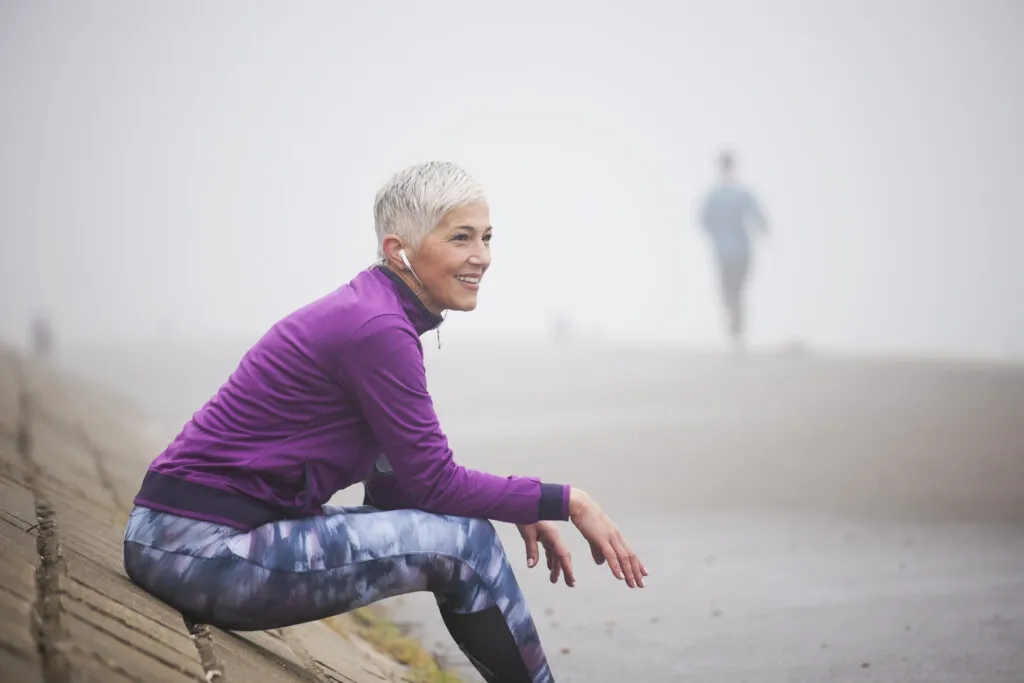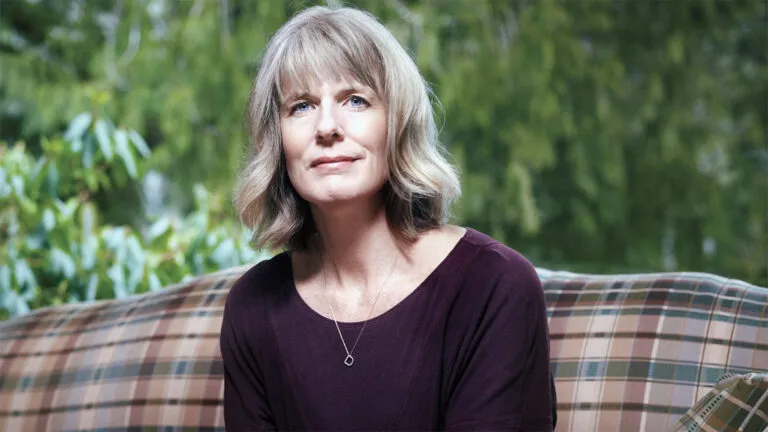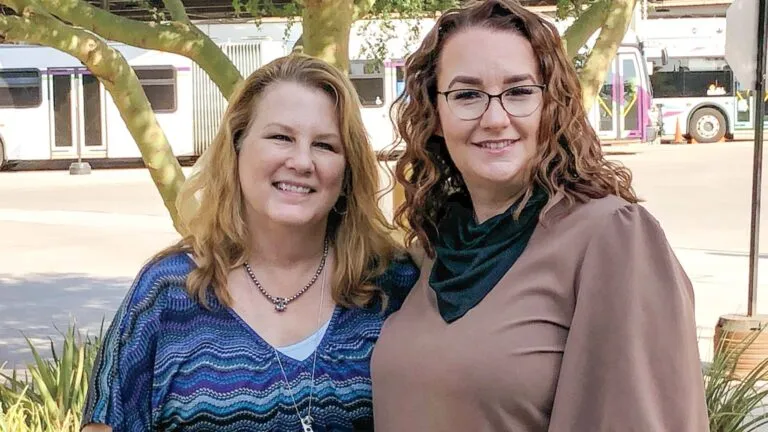Although the rate of death from breast cancer has declined 39 percent in recent decades, it is still the most common cancer diagnosed among American women and the second leading cause of cancer deaths, according to the American Cancer Society (ACS).
With so much information about cancer, screenings and early warning signs available, it can be difficult to separate facts from myths. We spoke with Robert Smith, Ph.D., the Vice President, Cancer Screening at the American Cancer Society to see what women need to know about breast cancer.
Dr. Smith notes that risk of breast cancer increases with age (only 4 percent of diagnoses occur before the age of 40) and family history of breast cancer. The ACS makes a distinction between average risk women, and those at higher risk because of familial or personal history with cancers. However, women without family histories of breast cancer are not off the hook—Dr. Smith says the majority of women diagnosed with breast cancer were at average risk.
The ACS recommends that all women have an opportunity for screening at 40, begin undergoing annual mammograms at age 45 and transition to biennial screenings once they are over age 55.
“Whatever screening schedule a woman chooses, it is important to be screened regularly,” Dr. Smith says. “This offers the greatest potential for early breast cancer detection.”
Not all screening is equal, though. Dr. Smith recommends women select a mammography facility specializing in breast cancer screening, and stick to the same facility so radiologists will have access to their full history when assessing scan results.
He also recommends women pay attention for physical changes in their breasts such as a lump, swelling or pain.
Dr. Smith says doctors and scientists are constantly working to improve the breast cancer screening and treatment process. He says more facilities are using 3D and digital systems for mammograms and new findings are helping doctors develop more accurate assessments of breast cancer risk.
For now, though, women should focus on observing and testing. “Early detection offers the greatest opportunity for a good prognosis and less aggressive treatment,” Dr. Smith says. For more information, visit the American Cancer Society website: www.cancer.org.





